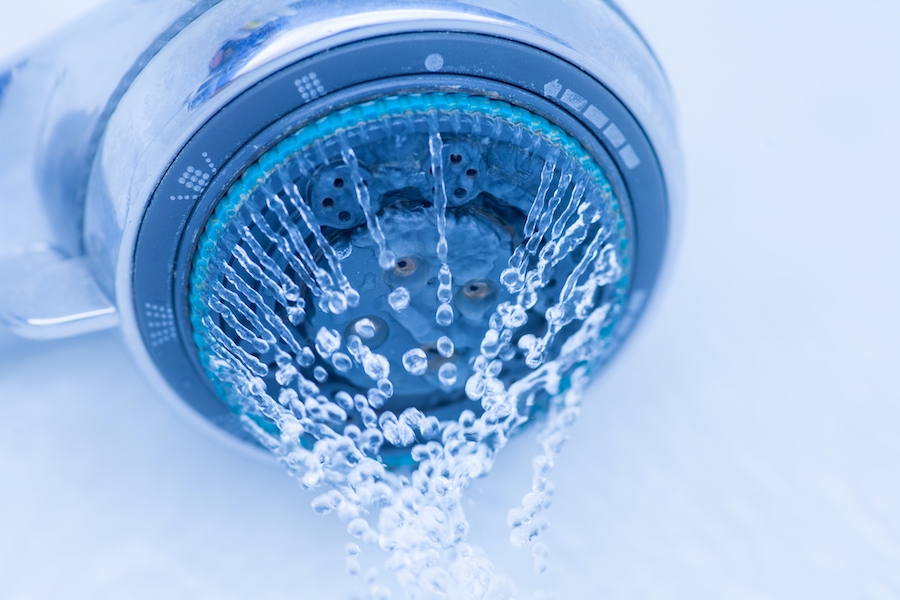How to Increase Well System Water Pressure
Many have never before relied on a well system for their plumbing or water source. Thus, they probably cannot imagine some of the water pressure issues that can go along with this. However, for those who do have to deal with Well System Water Pressure problems, it can truly be a frustrating one.
Just because you are a homeowner whose home uses a well system though does not mean you need to suffer through the problems that can arise with this. On the contrary, the trusted Raleigh professional plumbers here at Poole's Plumbing are once again here to help. Thus, by checking regularly and following our troubleshooting tips below, you can stay on top of your Well System Water Pressure issues and nowhere to look and fix if they resurface again somewhere down the line.
Is There a Way to Improve My Well System Water Pressure on My Own?
To begin taking a look at improving your Well System Water Pressure, first, it is advisable to learn how to test your water pressure. The ideal level for Well System Water Pressure is between 40 and 60 psi. Once you have learned to check the pressure, remember to give this a look several times throughout the year, so if levels are dropping you are in the know before any problem persists.
Where Do I Start to Check the Pressure?
In order to accurately check your Well System Water Pressure, the first step is to turn off your circuit. This will be connected directly to your well pump. Once certain that the circuit is off, use a gauge to test your system's air fill valve. As we note above, you are looking for this to read between 40 and 60 psi. Thus, if the Well System Water Pressure is outside of that range, adjust your pressure switch accordingly.
Even After Adjusting, My Well System Water Pressure is Still Low
So, you took the first step in troubleshooting the issue and got no results. Not to worry or get frustrated, as this can happen. Many times, if the Well System Water Pressure does not fix the issue, it can mean you have a clogged water pipe. This is not uncommon, as pipes can over time become filled with debris such as mineral deposits or sediment. These types of things entering your water pipes can allow the flow. Thus, this would lead to a decrease in pressure. If you think this is where the problem lies, we recommend calling the professionals here at Poole's Plumbing. This way, we can come out and do a diagnostic test to see if you have a blockage or if possibly your pipes are too narrow.
Time to Inspect
So, to this point our troubleshooting has our pressure checked and eliminated the prospect of a clog. The next step to check our Well System Water Pressure level is inspection. The first thing to be inspected is the water itself. If you find that you have "hard water," this could certainly be your water pressure issue. To diagnose this, look for calcium deposits on or near your faucets. If you see these things, you will want to install a water softener. This can take care of any hard water issues.
Now, when checking your Well System Water Pressure, you may be able to detect hard water in your pipes. However, another possible cause here is a failing pressure tank or well pump. If either of these is the issue, call us here at Poole's Plumbing. We can do a diagnostic on your well pump and pressure tank to see what exactly the cause is. Likewise, once the issue is identified, we can get your water pressure up to a normal level.
What About a Constant Pressure System?
If you do not already have a constant pressure system, the purpose they serve is to keep water pressure from dropping even when multiple water sources or fixtures in your home are being used at once. You can install this device on your water line which enters your home. This will give your Well System Water Pressure a consistently strong flow.
If in any way, you are trying to diagnose your Well System Water Pressure and you are unsure, give us a call. Likewise, if any of these steps once you arrive at them make you uncomfortable, just go to poolesplumbing.com and get in touch, so we can get out and lend you a hand.






